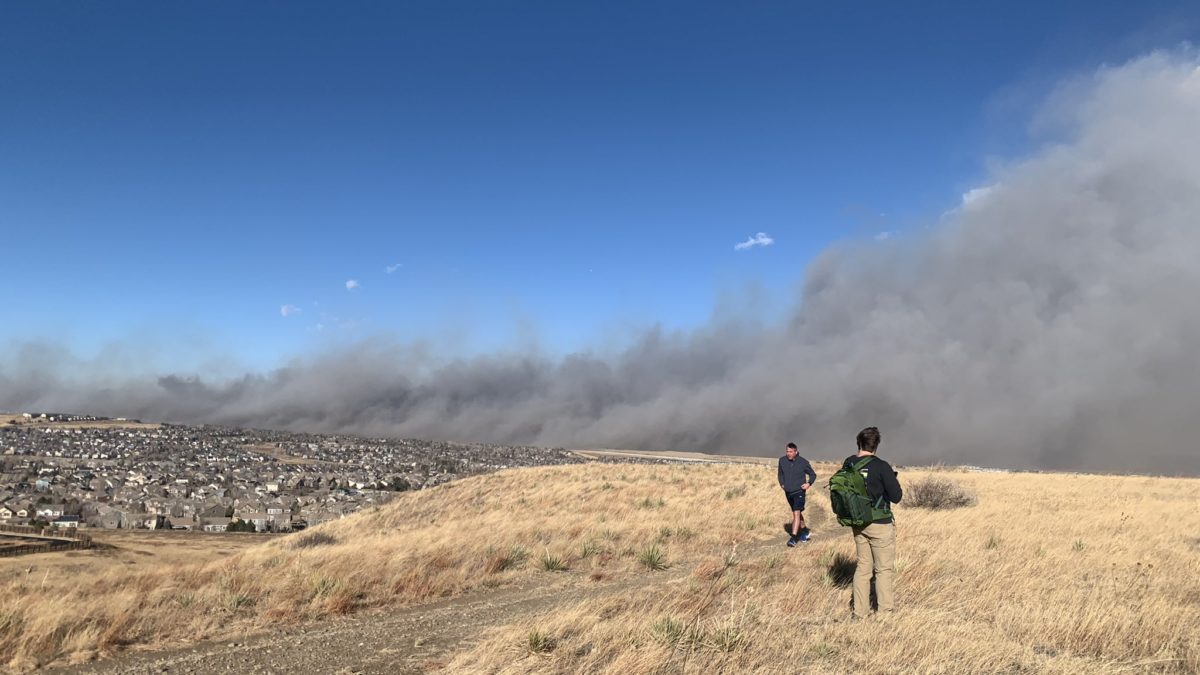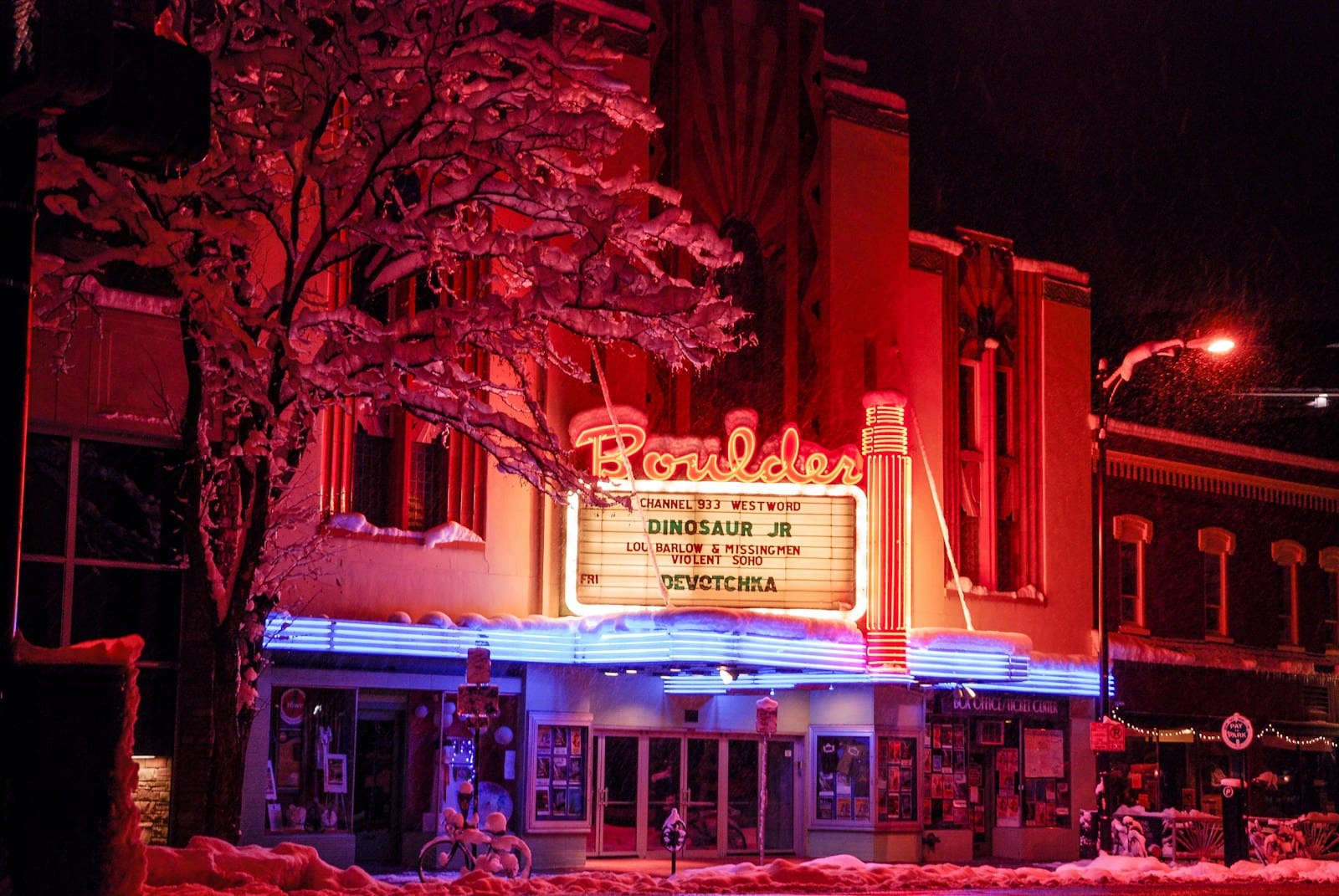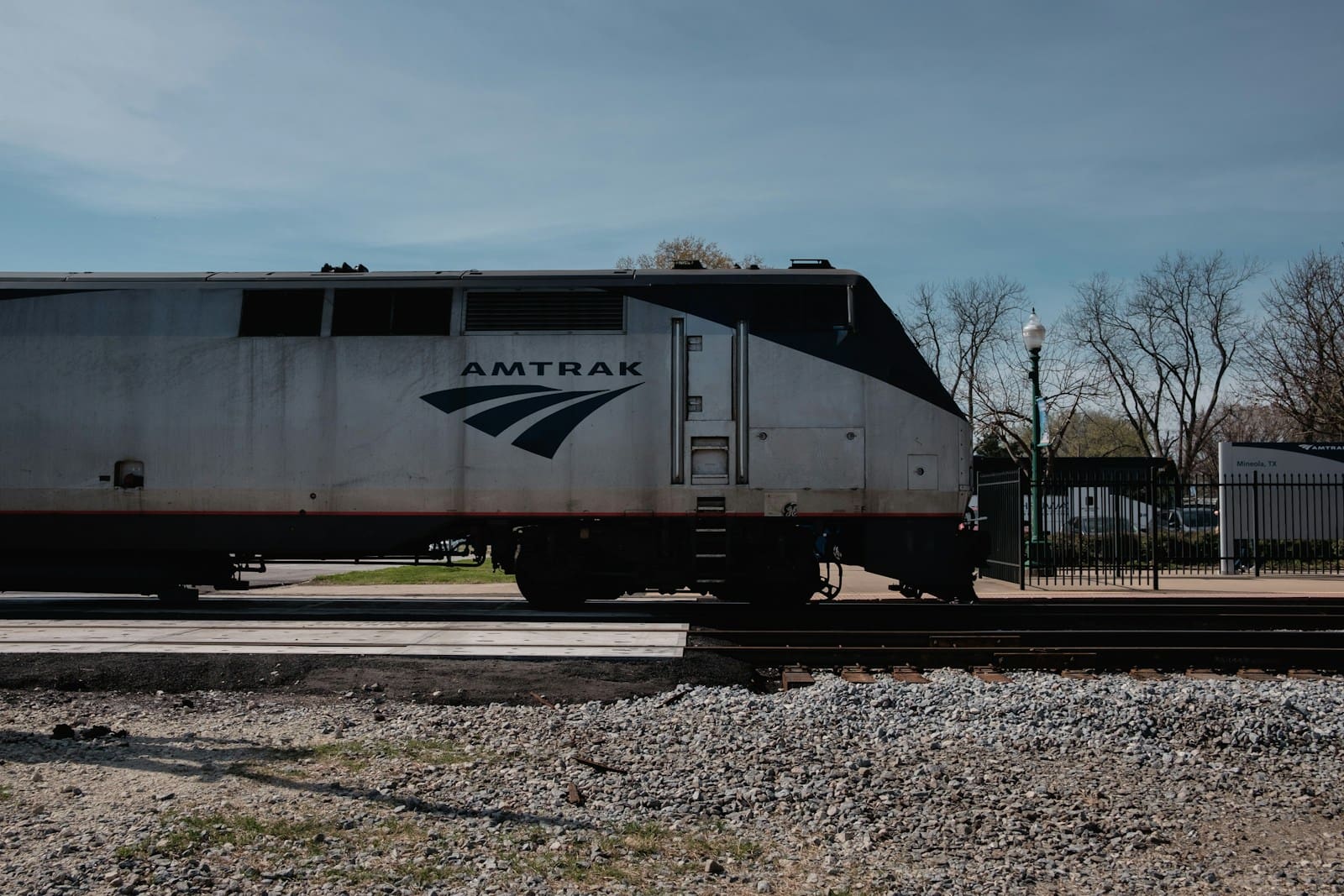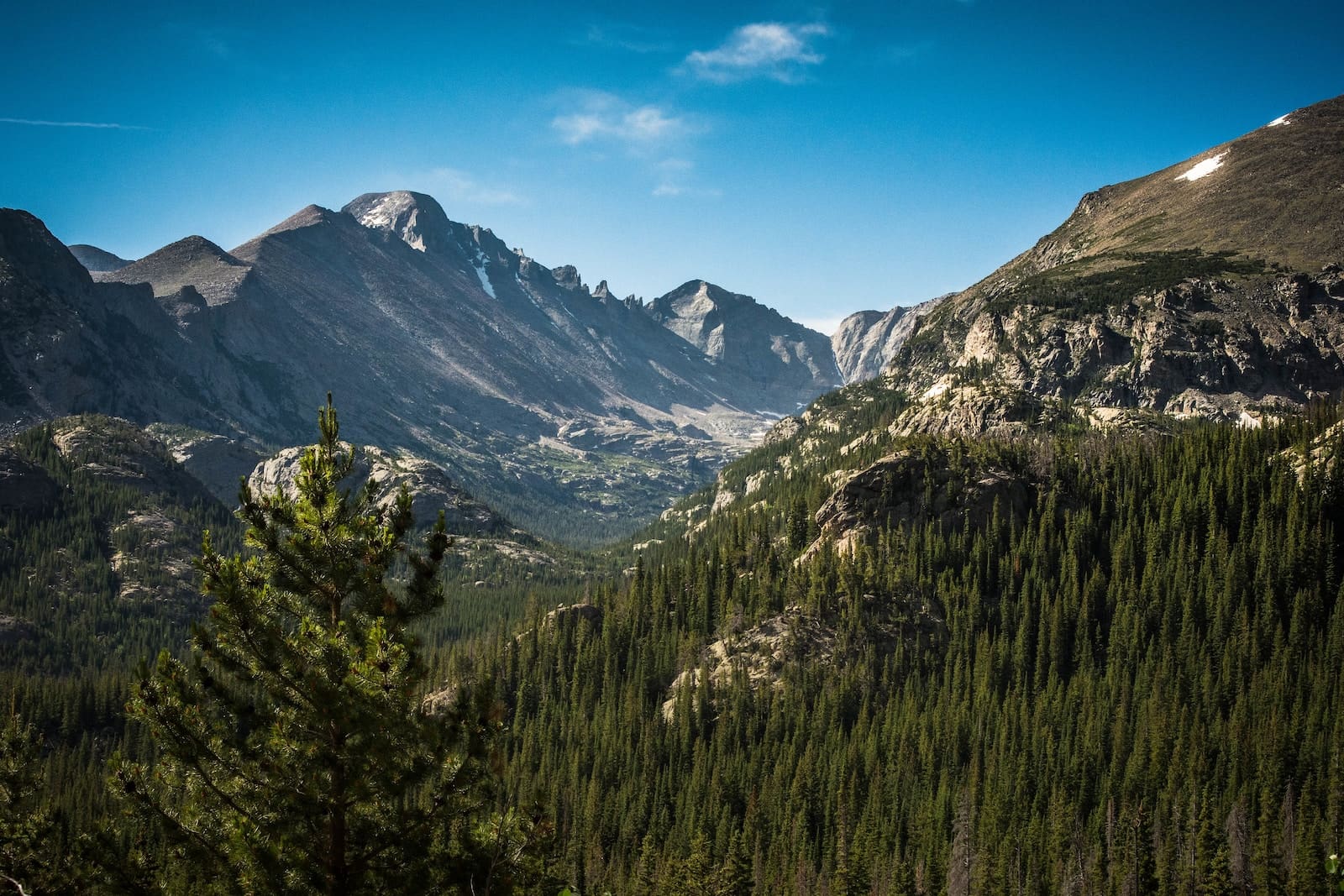Weather
Wildfires burn hundreds of homes in Colorado, thousands flee

Tens of thousands of Coloradans were driven from their neighborhoods by wind-whipped wildfires. Photo: Twitter @jdsarvela
SUPERIOR, Colo. — Tens of thousands of Coloradans driven from their neighborhoods by wind-whipped wildfires anxiously waited to learn what was left standing of their lives Friday as authorities reported more than 500 homes were feared destroyed.
At least seven people were injured, but there were no immediate reports of any deaths or missing people in the aftermath of the blazes that erupted outside Denver on Thursday and swept over neighborhoods with terrifying speed, the fire propelled by gusts of up to 105 mph (169 kph).
“We might have our very own New Year’s miracle on our hands if it holds up that there was no loss of life,” Gov. Jared Polis said.
By first light Friday, the towering flames that had lit up the night sky were gone, leaving smoldering homes and charred trees and fields. The winds had died down, and light snow soon began falling, raising hopes it could snuff out hot spots.
The fire broke out unusually late in the year, following an extremely dry fall and amid a winter nearly devoid of snow so far.
Boulder County Sheriff Joe Pelle said more than 500 homes were probably destroyed. He and the governor said as many as 1,000 homes might have been lost, though that won’t be known until crews can assess the damage.
“It’s unbelievable when you look at the devastation that we don’t have a list of 100 missing persons,” the sheriff said.
The sheriff said some of the communities lost to the fire were “just smoking holes in the ground.” He urged residents to wait for the all-clear to go back, warning that it was still too dangerous in many neighborhoods because of fire and fallen power lines.
Mike Guanella and his family were relaxing at their home in the town of Superior and looking forward to celebrating a belated Christmas later in when reports of a nearby grass fire quickly gave way to an order to leave immediately.
Instead of opening presents, Guanella and his wife, their three children and three dogs were staying a friend’s house in Denver, hoping their house was still standing.
“Those presents are still under the tree right now — we hope,” he said.
Sophia Verucchi and her partner, Tony Victor, returned to their apartment in Broomfield, on the edge of Superior, t find that it was spared any serious damage. They had fled the previous afternoon with just Victor’s guitar, bedding and their cat, Senor Gato Blanco.
“We left thinking it was a joke. We just felt like we were going to come back. At 5 o’clock, we thought, maybe we’re not coming back,” Verucchi said. But they got an email in the morning saying it was OK to return.
“Seeing the news and seeing all the houses burnt, we just feel very lucky,” Verucchi said.
The neighboring towns of Louisville and Superior, situated about 20 miles (32 kilometers) northwest of Denver and home to a combined 34,000 people, were ordered evacuated ahead of the fires, which cast a smoky, orange haze over the landscape.
The two towns are filled with middle- and upper-middle-class subdivisions with shopping centers, parks and schools. The area is between Denver and Boulder, home to the University of Colorado.
Residents evacuated fairly calmly and in orderly fashion, but the winding streets quickly became clogged. It sometimes took cars as long as 45 minutes to advance a half-mile.
Small fires cropped up here and there in surprising places — on the grass in a median or in a dumpster in the middle of a parking lot — as gusts caused the flames to jump. Shifting winds caused the skies to turn from clear to smoky and then back again as sirens wailed.
The first fire erupted just before 10:30 a.m. and was “attacked pretty quickly and laid down later in the day” with no structures lost, the sheriff said. A second blaze, reported just after 11 a.m., ballooned and spread rapidly, Pelle said.
By late morning Friday, the blaze had burned at least 9.4 square miles (24 square kilometers) but appeared to be contained, the sheriff said.
Scientists say climate change is making weather more extreme and wildfires more frequent and destructive.
Colorado’s Front Range, where most of the state’s population lives, had an extremely dry and mild fall, and winter has been mostly dry so far. Denver set a record for consecutive days without snow before it got a small storm on Dec. 10, its last snowfall before the wildfires broke out.
Ninety percent of Boulder County is in severe or extreme drought, and it hasn’t seen substantial rainfall since mid-summer.
Guanella said he heard from a firefighter friend that his home was still standing Thursday night. But he could only wait and see.
“You’re just waiting to hear if your favorite restaurant is still standing, if the schools that your kids go to are still standing,” he said. “You’re just waiting to get some clarity.”



















